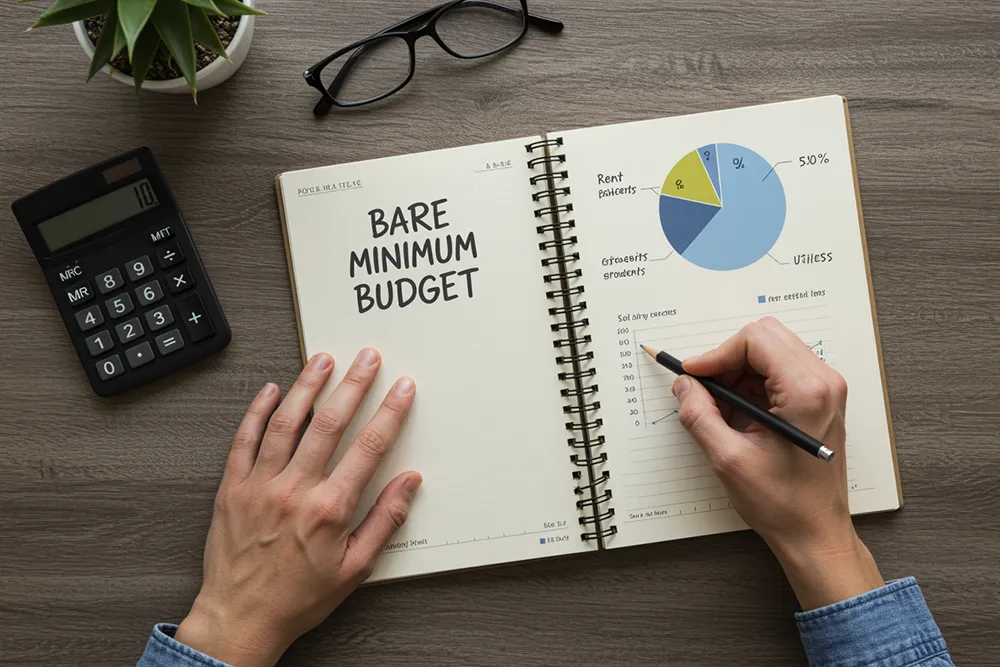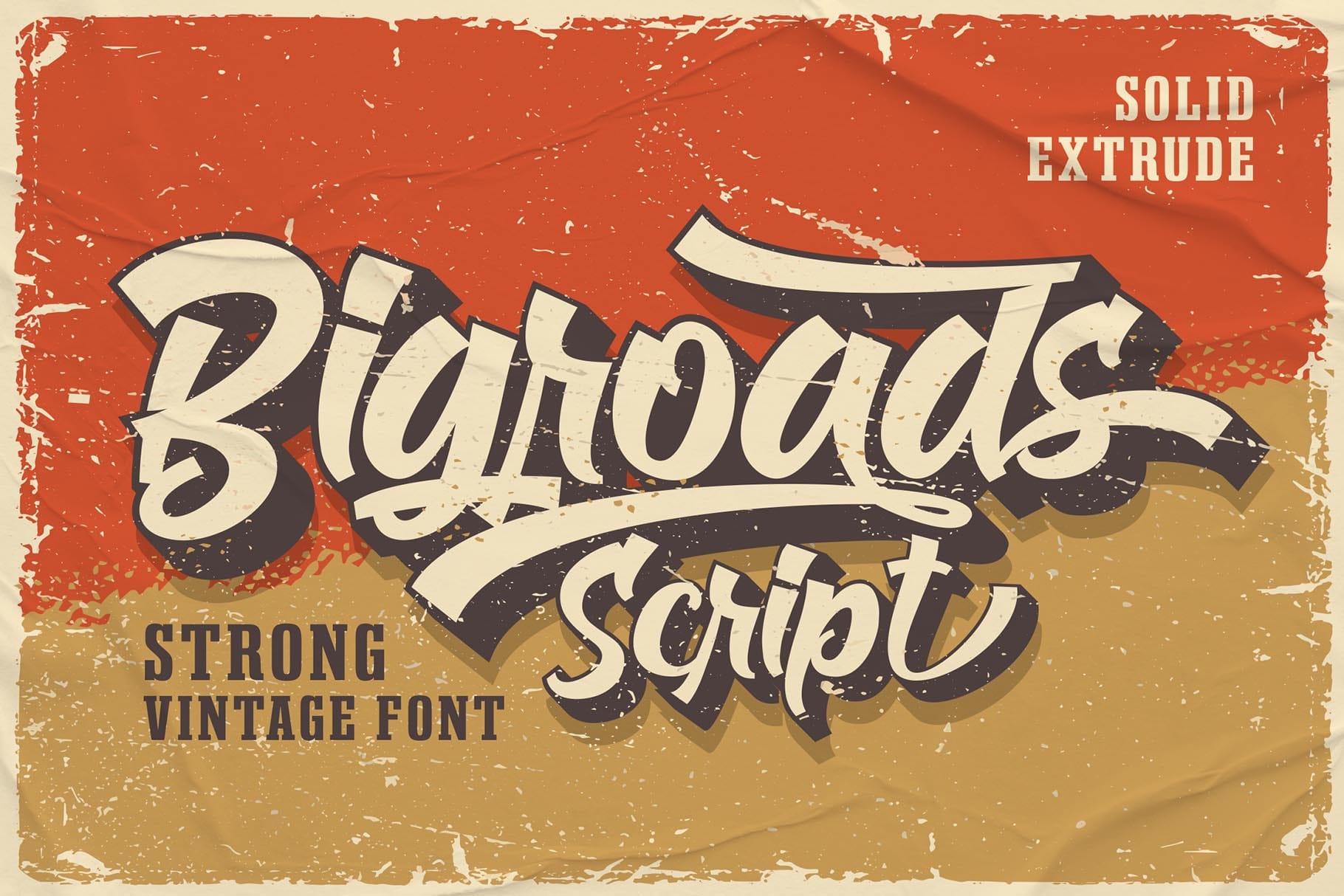Budgeting is hard enough when you have a fixed paycheck every two weeks. But for freelancers, creatives, and solopreneurs, income instability is the norm rather than the exception. Some months are abundant, others tight. So how can you plan, pay bills, save money, and stay stress-free?
In this guide, we’ll explore realistic and effective budgeting strategies tailored specifically for freelancers like you.

Conventional budgeting methods assume consistent income. For freelancers, that simply doesn’t apply. Without knowing exactly what you’ll earn next month, it can be frustrating to stick to a traditional monthly budget.
Instead, you need a flexible, adaptive system that accounts for the ups and downs of freelance income. The goal isn’t perfection—it’s control, awareness, and planning.

The first step is to determine your baseline or “survival budget.”
This includes:
Add these up. This is the absolute minimum you need to earn each month to stay afloat. Knowing this number gives you a target to prioritize.

Look at your freelance income from the past 6 to 12 months. Add up the total and divide it by the number of months.
Example: If you earned $36,000 over the past 12 months, your average monthly income is $3,000.
This average provides a reference point for your expected income. Just remember: It’s an average—not a guarantee.
Freelancers need a larger-than-average emergency fund. Aim to save at least 3 to 6 months of your bare minimum expenses.
Why so much? Because freelance work can be seasonal or project-based. One slow month shouldn’t push you into panic mode.
Start small: Save 10% of each payment you receive until you hit your goal.
A zero-based budget means every dollar you earn is assigned a job, whether it’s for bills, savings, taxes, or fun.
Use budgeting tools like:
Each month (or week), allocate your income to specific categories. Don’t budget based on what you hope to earn—use actual money in your account.
If you haven’t already, open a separate business bank account. This creates clarity between what your business earns and what you can personally spend.
Also, consider paying yourself a fixed “salary” each month based on your average income. Let the rest stay in your business account as a buffer for leaner months.
Freelancers don’t get taxes withheld from their income, so it’s critical to save a portion of every payment.
Rule of thumb: Set aside 25% to 30% of your income for taxes.
Consider using an app like QuickBooks Self-Employed or Catch to automatically allocate savings for taxes.
Better yet, work with a tax advisor who understands the freelance world.
These are expenses that don’t happen monthly but can wreck your budget if ignored. Examples include:
Divide these costs by 12 and set aside money monthly. This avoids financial surprises down the road.
When you have a great month, don’t treat it like a jackpot. Use the extra cash to:
This proactive approach ensures you’re always a few steps ahead.
Awareness is power. Track both income and expenses religiously. Use tools like:
Figuree Studio, for example, uses customized spreadsheets to track revenue from font sales, client work, and recurring licenses. You can read more about our approach to finances in our behind-the-scenes blog post.
Your income, expenses, and goals change over time. Revisit your budget monthly or quarterly. Ask yourself:
This constant review keeps you flexible and focused.
While budgeting might seem restrictive, especially with inconsistent income, it actually gives you more freedom. You gain peace of mind, reduce stress, and empower yourself to grow your freelance career intentionally.
Budgeting as a freelancer isn’t about perfection. It’s about progress, flexibility, and preparation.
Want to streamline your freelance brand identity? Check out our font collections at Figuree Studio to elevate your next project.
Related reads:
Stay smart, stay creative, and stay in control.
 Bigroads - Layered Retro Font
$21 – $1,299Price range: $21 through $1,299
Bigroads - Layered Retro Font
$21 – $1,299Price range: $21 through $1,299 Oversa - Another Techo Font
$21 – $1,299Price range: $21 through $1,299
Oversa - Another Techo Font
$21 – $1,299Price range: $21 through $1,299 Ghostly Whispe – Brush Horror Font
$21 – $1,299Price range: $21 through $1,299
Ghostly Whispe – Brush Horror Font
$21 – $1,299Price range: $21 through $1,299
Elevate your projects with premium freebies. Fonts, graphics, and templates handpicked for creators like you — download them all today, free forever.
Download Freebies